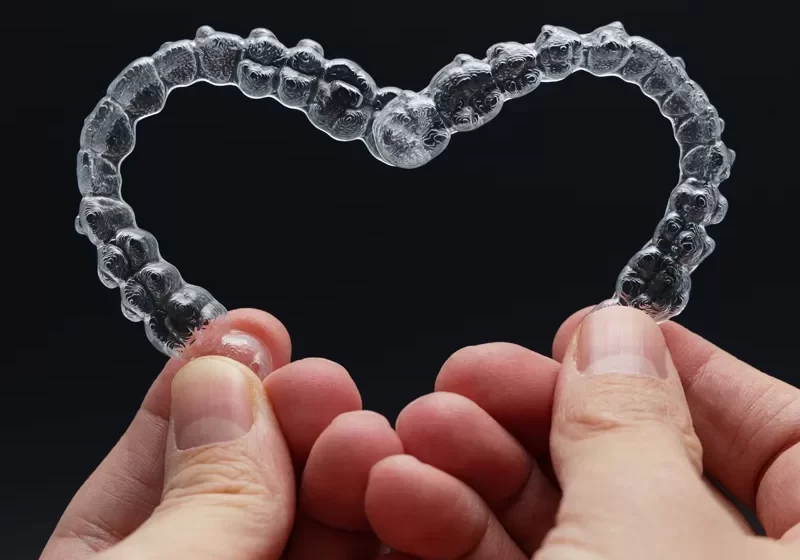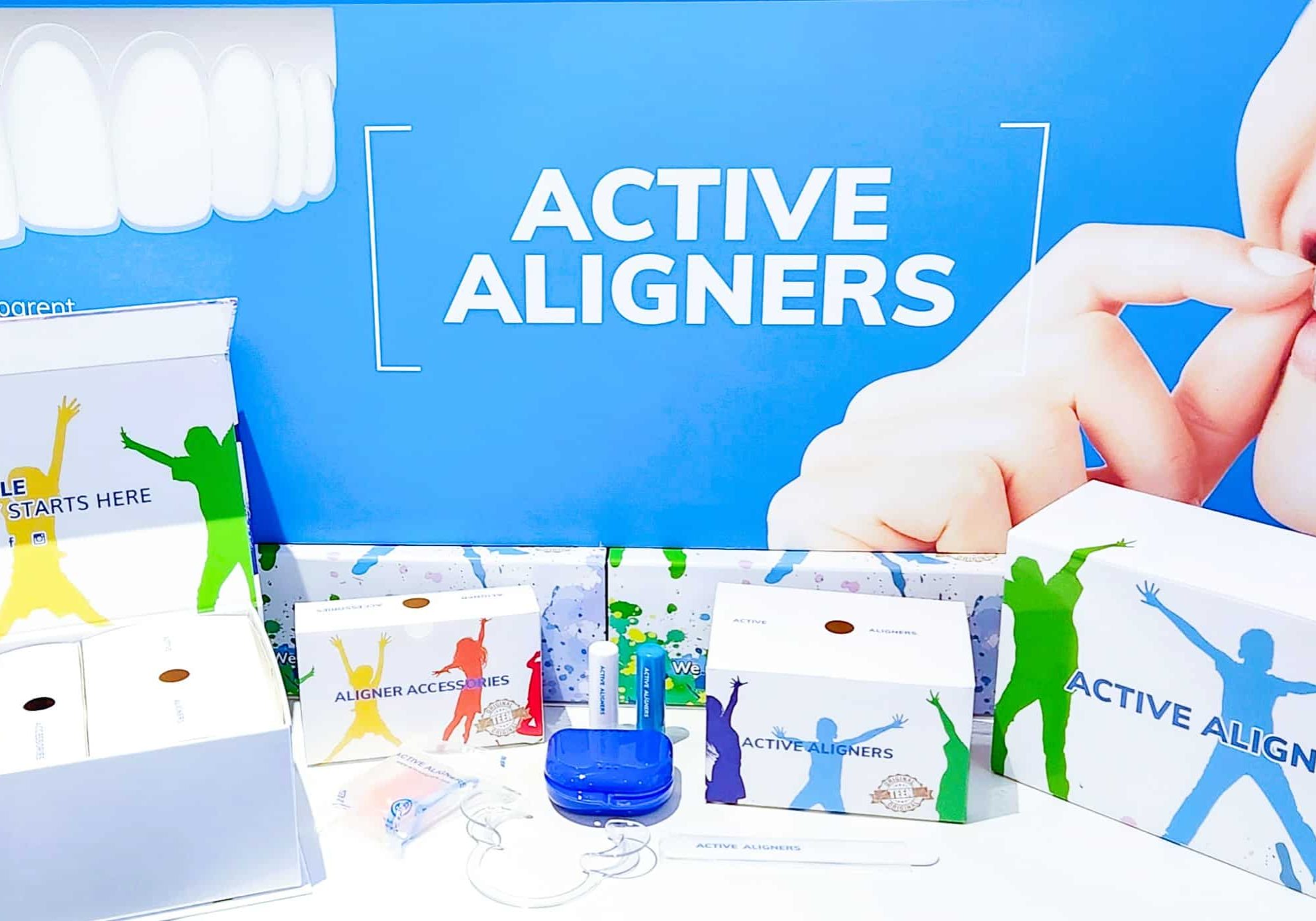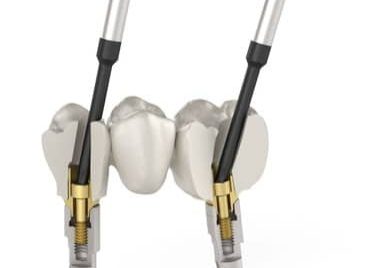
It is essential to select the cases that are likely to work and bring satisfaction to our patients. We can only achieve this through identification and management of realistic patient expectations and abiding by accepted orthodontic principles.
Is your patient’s aligner fatigue going to dictate the end point of your next case?
Clear aligners are a useful and often requested treatment modality for use in modern dental practice. Patients love the convenience of having a clear, removable orthodontic solution as opposed to more traditional wires and brackets. However, clear aligners are not suitable for every patient that walks in through our clinic doors.
How do we begin to select cases that will work predictably for GDPs and what are the cases to avoid? Think of it in terms of green, amber and red traffic lights.
-
Green means suitable for treatment
-
Amber means there are limiting factors to carefully consider
-
For the Red cases, listen to your alarm bells, they are ringing for good reason
THINK:
Perhaps the most common case recommended for dentists who are beginning their clear aligner journey is the treatment of mild anterior crowding. The simpler the case, the more likely it is to succeed.
ACTION:
Cases of mild anterior crowding are ideal for short course clear aligner orthodontics where more complex reorganisation is not required.
When considering Clear Aligner Treatment (CAT), factors that are imperative to assess at the outset are the presence of primary dental disease including any pathology, defects in root morphology etc. Take appropriate radiographs and treat all primary conditions to avoid future problem. With primary dental disease, stabilisation is the keystone to treatment success. If aberrant root morphology, (e.g. resorption, deviations or open apices) or peri-apical pathology are observed, think carefully about proceeding.
Fig.1 Root resorption identified by radiographic examination
TOP TIP “Ideally use a good quality flowable material so that attachments are easy and straightforward to adjust."
Simple or complex cases may require composite attachments and perhaps IPR.
Active Aligners provides a comprehensive treatment plan for targeted attachment placement and an IPR map. Follow the treatment plan. Use the template provided to place the composite attachments.
Fig.2. Composite attachments in situ (SDI Luna Flow 2)
Top TIP: Use an IPR gauge to accurately measure the space created.
Why Use Active Aligners?
Drawing on the results of thousands of clear aligner treatments, Active Aligners has established treatment planning protocols to enhance the likelihood of treatment success. An expert team of orthodontists and technicians help to establish parameters to aid you in your case selection.
What this means for you is that if a case is deemed as too complex or unlikely to succeed, the treatment plan will come back as a rejection or be flagged as predicting a compromised result.
Our aim is to help clinicians achieve successful results. That's why the company ethos is “For Dentists, By Dentists” with a caring and conscientious know-how that is beyond compare. We will support you directly, respond to your queries, even provide training in your practice.













